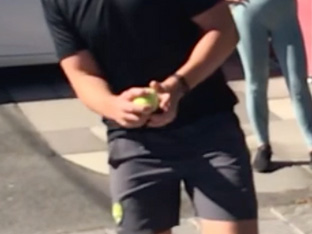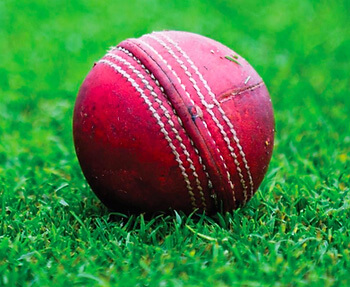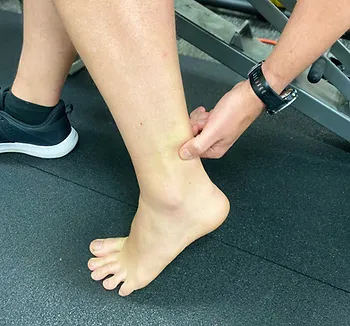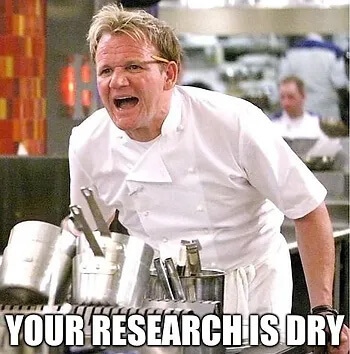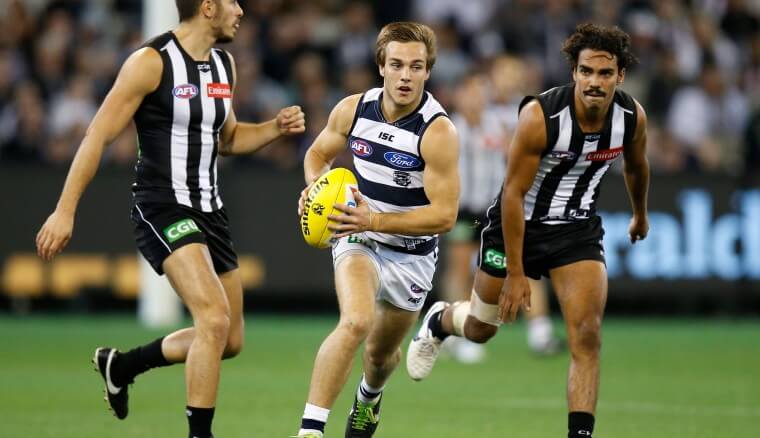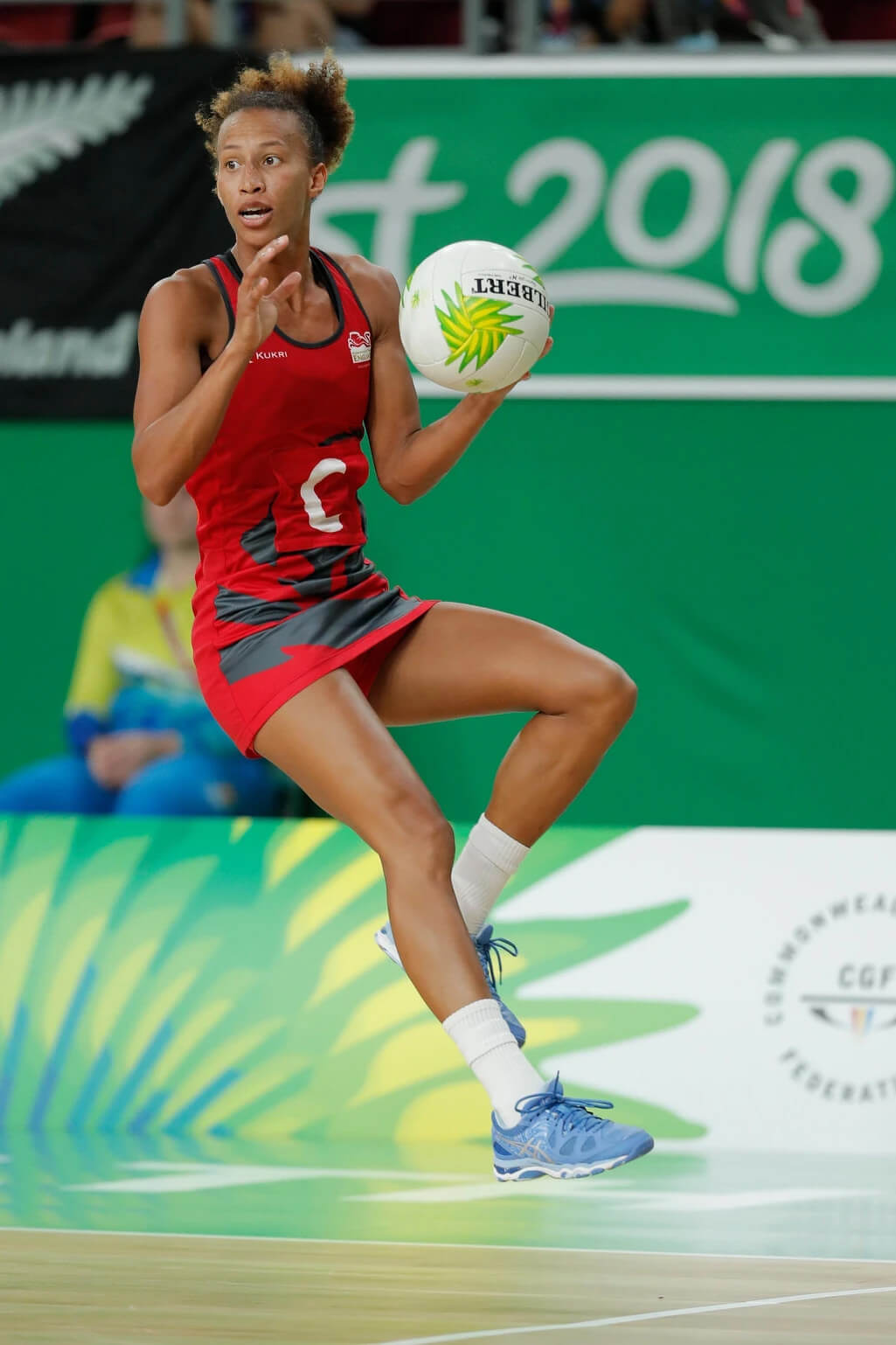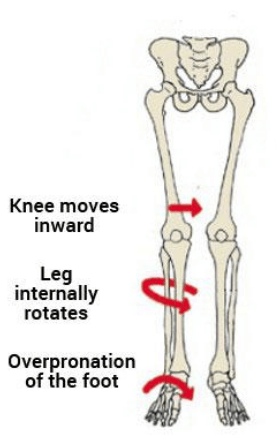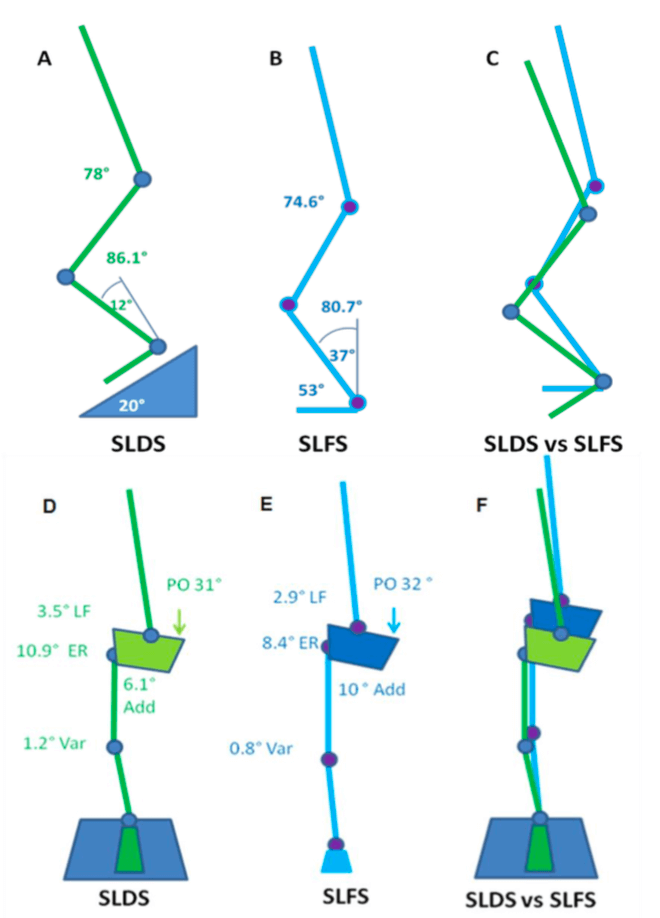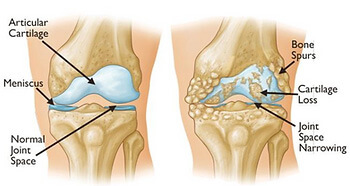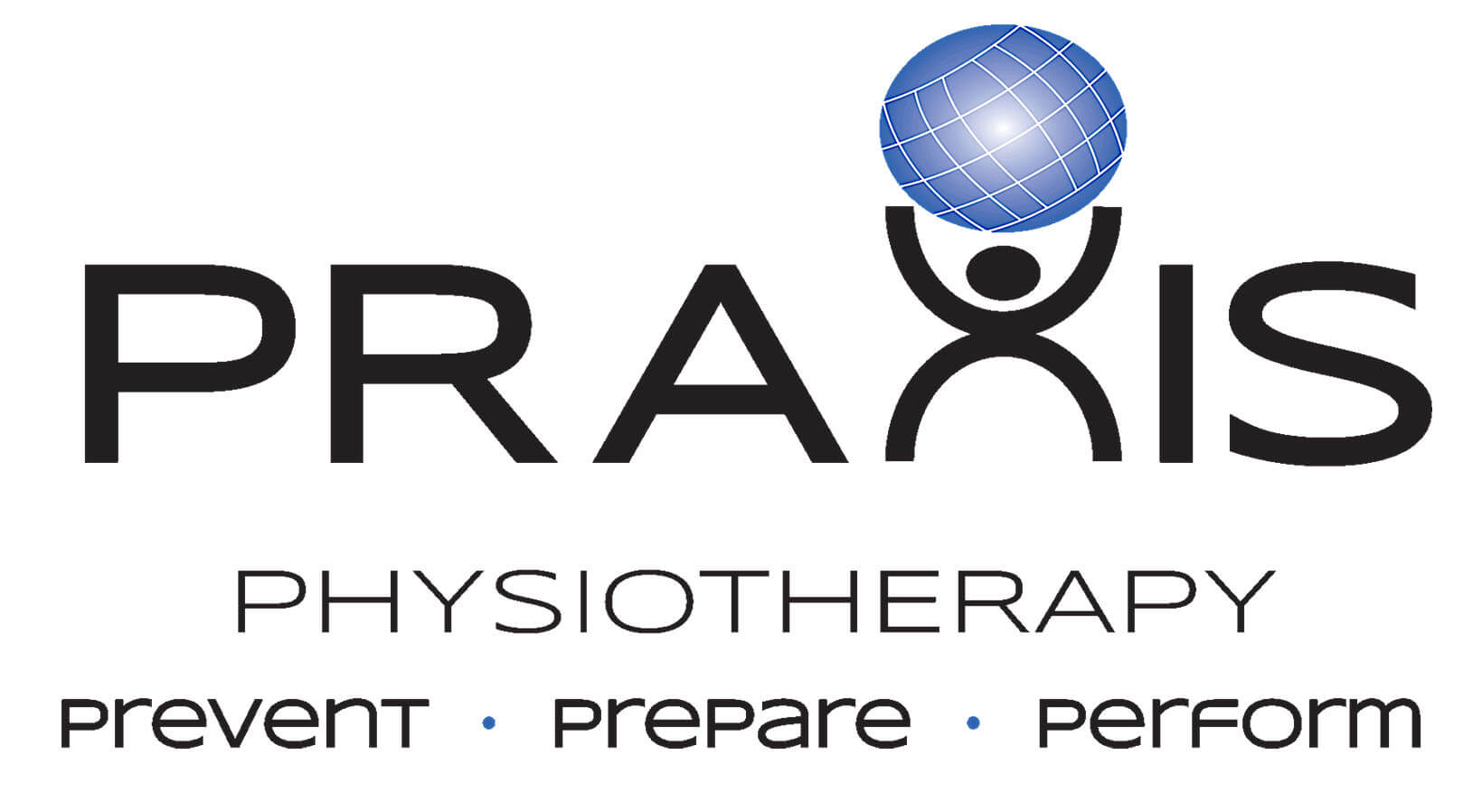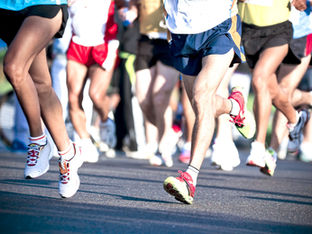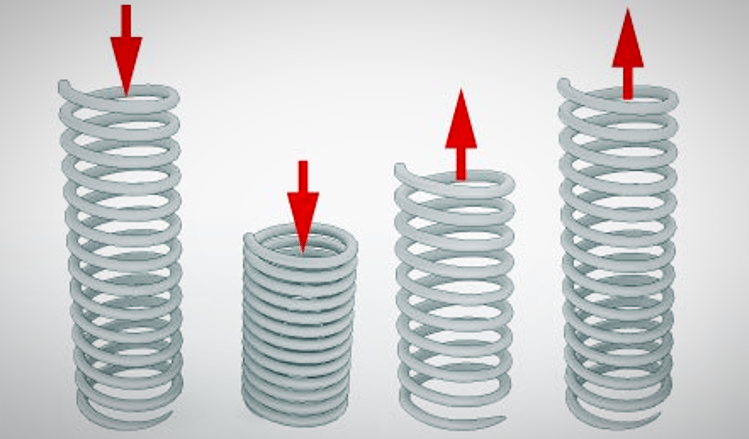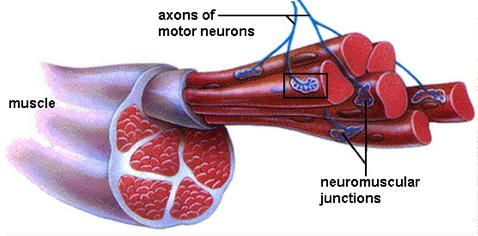Kicking Goals! Praxis looks at AFL kicking mechanics
KICKING
As per usual the Praxis team delved into an area of clinical interest to better understand the demands of our athletes. Last session we discussed throwing technique which you can read about here.
SUMMARY
- There are differences in kicking techniques when accuracy or distance is the focus.
- More accurate kickers had tended to be more “head over the ball” with significantly:
- greater hip flexion in both limbs
- greater knee flexion in the support limb throughout the kicking movement and greater anterior pelvic tilt at heel contact
- Longer kick distances were associated with:
- greater foot speeds and shank angular velocities at ball contact,
- larger last step lengths, and
- greater distances from the ground when ball contact occurred.
- To increase kicking distance:
- increasing foot speed and shank angular velocity at ball contact, increasing the last step length, and
- optimising ball position relative to the ground and support foot are recommended.
- Injuries to the quadriceps are often associated with kicking
Given our longstanding association with AFL clubs around Brisbane, this week we looked at kicking kinematics (joint angles and relationships) with respect to both accurate and long kicks. Further, we discussed how to best rehab someone with a kicking based injury and helping them return to their chosen kicking sport (AFL, Rugby, Soccer, Gridiron etc).
ACCURACY:
The first paper we looked at was from Dichiera and colleagues (2006). Their study involved kicking an AFL football 15m at a target. They found that accurate kickers focussed more on larger hip flexion, anterior tilt and stance leg knee flexion. This best can be described as a “head over the football” approach.
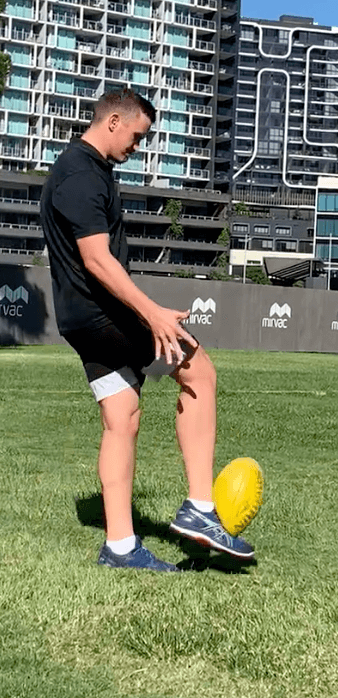
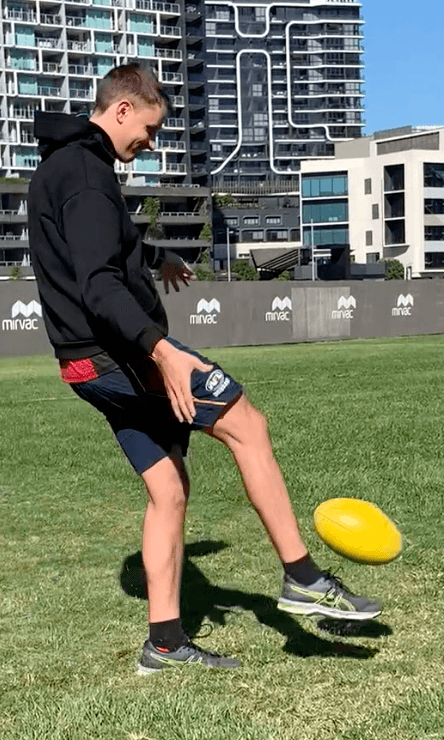
They hypothesise that knee flexion is an important limb length adjustment mechanism which lowers the centre of gravity. During kicking, an increased stance leg knee bend would lower the centre of gravity somewhat throughout the movement. Lowering the centre of gravity is one way of increasing the stability of the body, a principle which is emphasised in many other areas in sports biomechanics.
DISTANCE:
Kicking for distance was associated with greater foot speeds and shank angular velocities at ball contact, larger last step lengths, and greater distances from the ground when ball contact occurred in a study performed by Ball (2008). This was more of a “lean back” strategy utilised by the kickers. Knee angular velocity at ball contact was measured at almost 1400 degrees per second! That kind of speed understandably places the knee extensors (i.e the quadriceps) at greatest risk for kicking injuries.
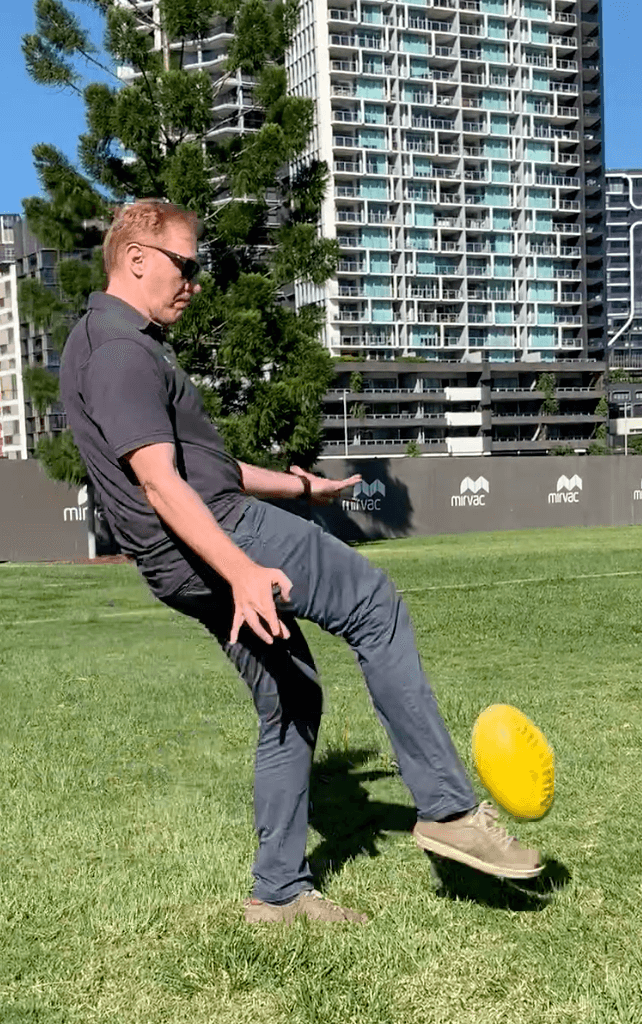

Ball (2008) outlined some basic coaching instructions to guide those seeking larger distances in their kicks. He suggested:
- increasing foot speed and shank angular velocity at ball contact by increasing approach speed such that the hip of the kick leg is moving faster towards the target during the last step.
- increasing the last step length but this step should be proportional to approach speed as over-striding is likely to be detrimental to the kick
- Optimising ball position relative to the ground and support foot was also recommended though contact too high may result in a high kick, not a long kick.
From a physiotherapy perspective, we discussed:
- Players have adequate hip extension range as to not to not overload lumbar spine and hip extensors (e.g hamstrings) especially in the presence of larger running and sprinting volumes typical in AFL and soccer
- Hip flexor strengthening to improve the drive of swing leg through the kick and running
- How to best reintegrate an athlete who sustained an injury whilst kicking back to full training and competition
- Preventative exercise such as jump lunges and reverse nordics for quadriceps tissue resilience
- How lumbopelvic control can help a kicker with both accuracy and distance
In summary, another Brisbane winter’s morning was successfully utilised by the Praxis team. We hope you enjoyed the read! For any injuries that you or your teammates need assessed and sorted fast, contact us.
Until next time, continue to Praxis What You Preach
– Team Praxis
Prevent. Prepare. Perform.
References:
- Dichiera, A., Webster, K. E., Kuilboer, L., Morris, M. E., Bach, T. M., & Feller, J. A. (2006). Kinematic patterns associated with accuracy of the drop punt kick in Australian Football. Journal of Science and Medicine in Sport, 9(4), 292-298.
- Ball, K. (2008). Biomechanical considerations of distance kicking in Australian Rules football. Sports Biomechanics, 7(1), 10-23.


